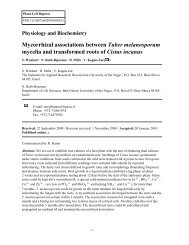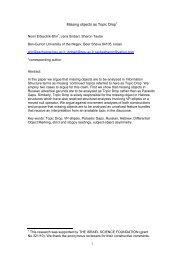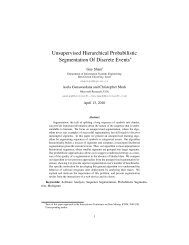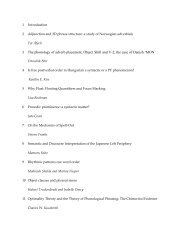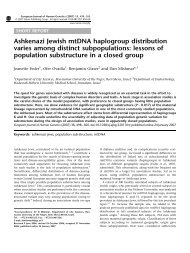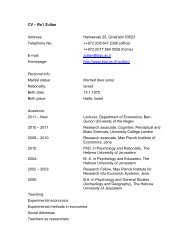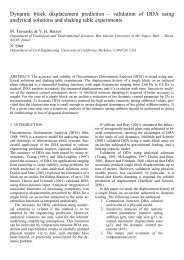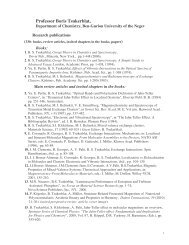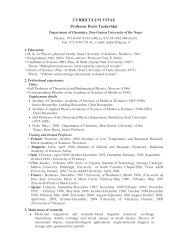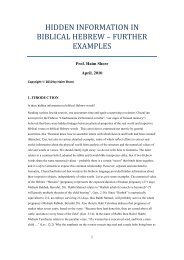Generics, Frequency Adverbs, and Probability
Generics, Frequency Adverbs, and Probability
Generics, Frequency Adverbs, and Probability
You also want an ePaper? Increase the reach of your titles
YUMPU automatically turns print PDFs into web optimized ePapers that Google loves.
(21) a. Israelis usually live on the coastal plane.<br />
b. People in southeast Asia usually speak Chinese.<br />
c. People usually have black hair.<br />
d. People are usually over three years old.<br />
e. Crocodiles usually die before they attain an age of two weeks.<br />
f. Primary school teachers are usually female.<br />
g. Bees are usually sexually sterile.<br />
h. Books are usually paperbacks.<br />
i. Prime numbers are usually odd.<br />
The eighth puzzle, then, is the following: what is required for a generic<br />
to be true, above <strong>and</strong> beyond having a majority of individuals satisfy the<br />
predicated, <strong>and</strong> why don’t frequency adverbs have the same requirement?<br />
2 <strong>Probability</strong><br />
2.1 <strong>Probability</strong> Based Truth Conditions<br />
This paper argues for the thesis that all puzzles above can be accounted<br />
for if we assume that generics <strong>and</strong> frequency statements express probability<br />
judgments. Before presenting the arguments for this view, let me be more<br />
precise about the relation between truth conditions <strong>and</strong> probability.<br />
14




